What Is It Like to Be a Bat? is a paper that was written by American philosopher Thomas Nagel, first published in 1974. It was the public’s introduction to the idea of, not only, ‘I think; therefore I am,’ but, ‘there must be ways in which it is like to be something, other than our own personal being.’ We all understand the famous Descartes phrase, ‘I think; therefore I am,’ from 1637, because we all actively do it. Everyone actively processes information from their frontal cortex- which is the thing that we associate ourselves with; our waking self. But something we don’t often think about is that it is clearly LIKE something to be something else. Bats have brains, only different, along with different eyes and ears and nervous system. Same goes with all other life. Dogs, cats, dolphins, and flies. They are all having radically different experiences than us, but they are still indeed HAVING experiences… ones we can only imagine to the best of our deductive reasoning.

It must BE like something to be a single-celled organism, because it’s a living thing. But that kind of experience would be so reductive to our own that we might imagine it’s like nothing at all. However, it is still doing things, so that’s not the case. Although it doesn’t have a brain, it still has an ‘operating system,’ or O.S. An O.S. is a computer term but I’d like to use it here to describe the point I’m trying to get across for this prelude. Art imitates life, or in this case, engineering imitates life. Brains aren’t like computers, computers are like brains, and when we think about how instincts work, using this simplified comparison helps. Instincts are like pre-written codes to direct the organism’s function. Eat, sleep, reproduce. When you move up on the complexity scale, more code must be written. From cells, to plants and animals, this coding grows and grows based on new information ala environments and interactions in it.
Of all the creatures on Earth, humans are the most complicated. There is no denying that. We can not only manipulate our code, but manually override it. Think about holding your bladder for 18 hours on a road trip, or being nice to someone you hate, or living a double life as an agent. We can learn new skills at any point in our life. That alone put us above all other animals, and it’s all thanks to our noggins! Now, with all that preamble and pro-humanity-toting over and done with, let’s get into the subject of where we came from!
Pre-history and history are such vast fields of study that I won’t even try to cover them with medial detail. Instead, I will go over the basic concepts unique to us humans and how it led to the world we know today. First, tools! Wait, other primates can use tools… crap.
This might be harder than I thought. No, no, no, I got this. Okay so we started using tools long before we looked like humans, and other primates- not even apes but monkeys- currently use tools, so that’s not an ‘us’ thing, but it helped pave the way to civilization. Now apart from tools, the first use of technology by humans, was that of FIRE! Claims for the earliest definitive evidence of the control of fire by a member of the Homo gene range from 1.7 to 2.0 million years ago?! It was that far back in prehistory??!! How did I not know this before researching it? That’s so much farther back in time than I thought! Guys, this is a rough start. Let me get back into it. So, according to the research, there is evidence for “microscopic traces of wood ash” intentionally used by Homo erectus that has wide scholarly support, with it beginning some 1,000,000 years ago. That really paints a picture for how long we’ve been creative, and much longer still it took us to properly organize ourselves as a collective.

If we’ve been using tools and manipulating fire since before we were even Homo sapiens, what are some things that our genus is specifically responsible for? Well it seems we got our first bite into human inventions with: clothes! Clothing was previously postulated to have come about around 40 000 years ago, but semi-recent studies in 2011 from the University of Florida, with the help of Ian Gillian from the Australian National University, found that although the last Ice Age on Earth occurred about 115 000 – 11 700 years ago, their study’s data suggests humans started wearing clothes in the preceding Ice Age 180 000 years ago. So this tells us two things. One, that humans were naked for quite some time. Our ancestors shed the bulk of their body hair around 800 000 years ago, and only after the invention of clothing did we finally migrate across the globe. There were other Hominin that left Africa before us, but did not make it. Only modern humans traversed, survived, and thrived in northern climates. Fashion wouldn’t become a thing for a heck of a lot longer but that’s a topic all on its own.
The next concept to cover, is belief and superstition. Stories are what bonded communities beyond immediate family members. While this list is rough and lacking in substantial detail, it does its job of showcasing humanity’s history with ritualistic practices: 100 000 BCE, the earliest known human burial is found in the Middle East. 70 000 – 35 000 BCE, Neanderthal burials take place in areas of Europe and the Middle East.
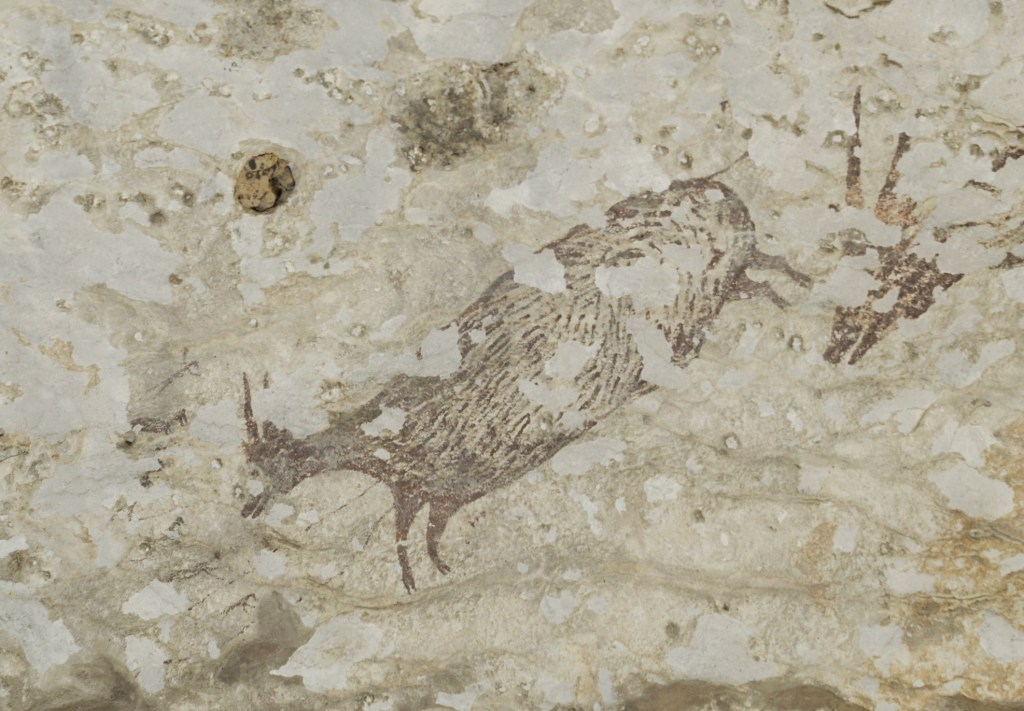
Now for a side bar- the list continues, but around this time, 43 000 years ago, the first signs of cave paintings was discovered! Ah, art, the expression of life. If you can believe this though, Neanderthals beat us to the punch. The oldest cave painting we discovered is from ancient Spain, dating back 64 000 years ago, done by Neanderthals. And the earliest human cave painting dates back 43 000 years ago from Indonesia. It depicts a goat or cattle being hunted, with fairly decent details like the animal’s fur. Now, back to the pre-religious activity.
40 000 BCE, the remains of one of the earliest known anatomically modern humans, Homo sapiens sapiens, was discovered cremated and buried near Lake Mungo, in Australia. 38 000 BCE, the Aurignacian Löwenmensch figurine, the oldest known zoomorphic (animal-shaped) sculpture in the world and one of the oldest known sculptures in general, was made. The sculpture has also been interpreted as anthropomorphic, giving human characteristics to an animal, although it may have represented a deity.

35 000 – 26 000 BCE, Neanderthal burials become absent from the archaeological record. This roughly coincides with the time period of the Homo sapiens’ introduction to Europe and decline of the Neanderthals that I alluded to in my previous piece; individual human skulls and/or long bones began appearing, heavily stained with red ochre and separately buried. This practice may be the origin of sacred relics. The oldest discovered “Venus figurines” appeared in graves. Some were deliberately broken or repeatedly stabbed, possibly representing the murders of the men with whom they were buried, or owing to some other unknown social dynamic. 25 000 – 21 000 BCE, clear examples of burials are present in Iberia, Wales, and eastern Europe. These, too, incorporate the heavy use of red ochre. Additionally, various objects were included in the graves (e.g. periwinkle shells, weighted clothing, dolls, possible drumsticks, mammoth ivory beads, fox teeth pendants, “baton” antlers, flint blades, etc.) Also, dozens of men, women, and children were being buried in the same caves which were used for burials years beforehand. All these graves are delineated by the cave walls and large limestone blocks. Some burials were double, comprising an adult male with a juvenile male buried by his side. They were now beginning to take on the form of modern cemeteries. Old burials were commonly re-dug and moved to make way for new ones, with the older bones often being gathered and cached together. Large stones may have acted as grave markers. Pairs of ochred antlers were sometimes mounted on poles within the cave; this is compared to the modern practice of leaving flowers at a grave. 9 130 – 7 370 BCE; This was the apparent period of use of Göbekli Tepe, one of the oldest human-made sites of worship yet discovered. Evidence of similar usage has also been found in another nearby site, Nevalı Çori. 7 500 – 5 700 BCE, the settlements of Çatalhöyük developed as a likely spiritual center of Anatolia. Its inhabitants left behind numerous clay figurines and impressions of phallic, feminine, and hunting scenes; possibly practicing worship in communal shrines.
What followed this long timeline was the Indian, Mesopotamian, Egyptian, and Abrahamic Religions. But… one thing you might start to ask yourself when going over the lands that this archaeological research discovers, is that it in no way includes other areas that humans existed in, such as the Americas, Africa, and ancient eastern Asia. This pattern can be discovered in the modern western educational system when teaching history. When I was in school I didn’t question it, but looking back at my history classes, they only taught us British history. What about Native American history, or African history? A lot more than England went into Canada being what it is today. I don’t know if it’s still an issue in Canada’s educational system, but if it isn’t still something being done arrogantly through national imperialism, it’s through an oversight of perspective. All peoples exist, have existed, and hold just as deep histories as all other peoples. We are all one race, to make my message clear, and we ought to treat our histories as such, institutionally. Now, with that preaching done, we shall move on to another concept!


Business. Heck yeah, baby. You got a goat? I got a daughter. Let’s do this thing. It’s weird how late morals came in the game. Business has had a long trotted and rough road in our history, from the selling of daughters and slaves, to current arms dealing. I’m not too sure if civilization came first or trades, but the idea is one that is uniquely huma… wait a minute… haven’t tests been done on apes and monkeys about this? It has, hasn’t it. Son of a gun! So, trade isn’t a uniquely human trait? But I think I can still say business is, because of its encompassing of others things that collectively only we do. One such thing is have a ‘common currency,’ ala money. It was the greatest invention business would see in a longggg time. Before common currency, we performed something called the barter system, where you would just trade one item for another. One person had a hammer, the other had chickens. Nobody had money. So if you needed the hammer, but the other guy didn’t need chickens, you were out of luck.

Moving on, we cultivated land! Agriculture was our first signs of true civilization. If one could farm, one could sustain the masses. Humans are still the only creatures on earth with the capacity to develop and maintain something as complex as plant and animal maintenance through seasonal rotation cycles. Plant something here, feed something there, and you got culture! Now if we start combining all these things, from religiosity leading to leaderships like kings and queens, to farming, to business, you got the makings of a city on your hands! Aye, that’s what I’m talkin’ about! Livin’ it up in the city!

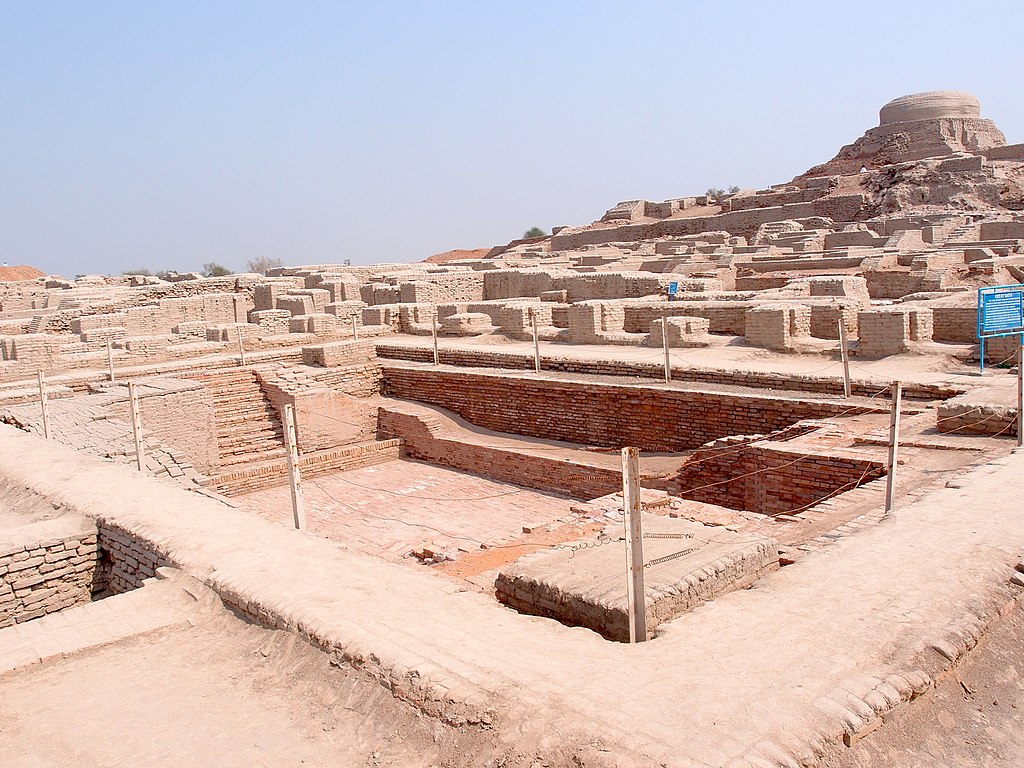

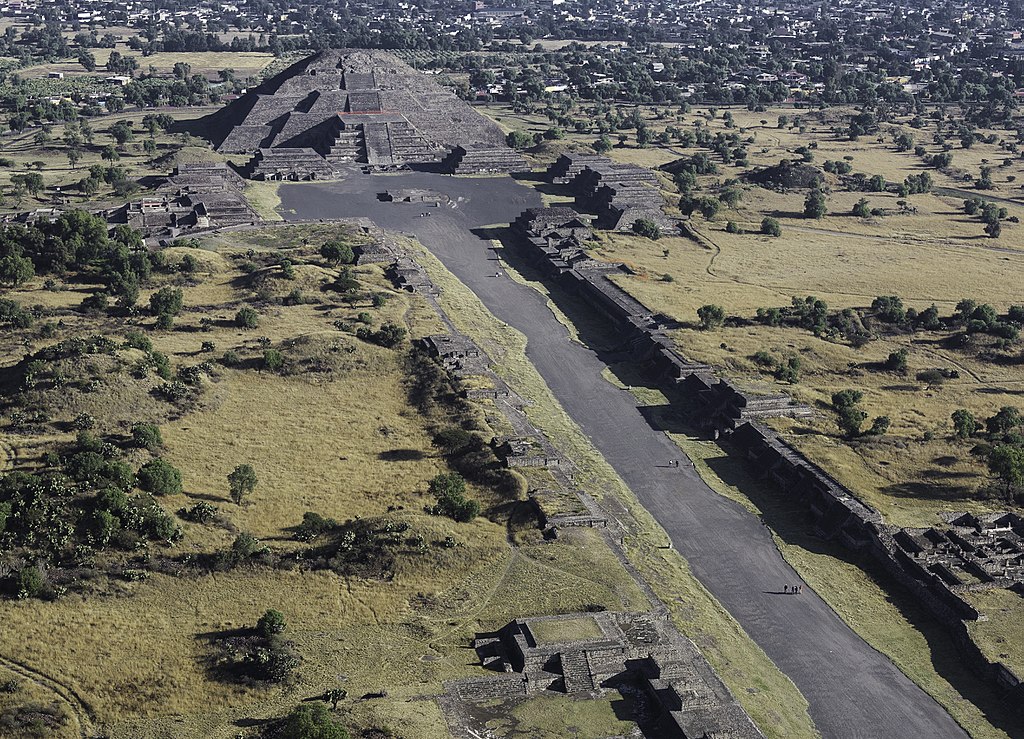




So now we must ask ourselves, what was the first city? Imma give you guys some tinfoil-hat-wearin’ stuff before going into the facts. While this is in no way a conspiracy theory, it is also in no way a legitimate theory. The name: Atlantis. The place: The eye of the Sahara, just south of Morocco.
If you look up the Richat Structure (another name for the eye of the Sahara) you will find that endless studies have been done on the 40 kilometre structure. They tried to explain it as an impact crater, but data suggests that was not the case. They tried to finalize a theory that it was caused by low-temperature hydrothermal waters, but couldn’t say for sure. The final word on the structure’s creation is that further protection is needed for future testing. So as of now, its cause is unknown. Now you might be thinking, ‘alright, with no other explanation, you gotta admit, it looks pretty man-made, eh?’ Well the reason that’s not a legitimate theory is because there are no remnants of a lost civilization. One might then say to that, ‘oh well quit yanking my chain then! Is it something or nothing?’ And to that I say, the reason there are no remains could very well be due to a massive flood wiping away their simplistic housing, and later peoples clearing up the remaining resources to reuse for themselves. We only know about past peoples by their bones and the structures they left behind, like the Stonehenge. If the people of Atlantis were pre-monoliths, then a flood washing away their houses would leave nothing behind. Buuuuuuuuuuut anyway, I leave Indie Archaeology’s video here for you as the best case FOR this wacky theory, as the rest will say nothing or otherwise. Now, back to the facts.
Currently, Turkey proudly totes housing the site of the oldest confirmed remains of a city on planet Earth. They promote it on their tourism website: GoTurkey, which is additionally promoted on Google; double confirmed. The name of the city is… oh, come on not this name again… uh, Çatalhöyük? It dates back a whopping 7 000 BCE, so over 9 000 years ago. From this point on, you got more cities. It’s like lightning that’s escaped a bottle, you can’t put it back in. Everything become incredibly dense, including the information, with romances and betrayals and gods and empires. You got yourself history, at least partly. Records were kept by ancient Egyptians, Sumerians, and Mesopotamia. China was already doing its thing by now, and before you knew it, around 300 BCE you had Pythagorean math. Next was the golden age of Islam in the 9th and 10th century CE giving us algebra.
Nations formed throughout all these innovations and many tried to rule the world: Persia, Rome, Mongolia, Spain, France, and of course, England. History is pretty self-explanatory; we remember it to learn from our past and so we don’t repeat it. And yet, we repeat things all the time. It’s in our makeup to form patterns. Leaders abuse power, conduct genocide, and eventually die. Technologies grow, giving us great ages of prosperity, then turmoil. The world ever-changes into unrecognizable spaces yet somehow is always the same. Conflict is permanently present, but sometimes teeters on apocalyptic. Right now in this age of COVID-19 and global tension we sit on the precipice of great change, for the better like in green technologies, or for the worse like in the government of China’s totalitarian rule over everyone’s goods. Whether both happen or neither, it’s hard to think we’re not in the middle of history right now. There was a time for the western world after the Vietnam war that many thought history was now over as peace settled, then 9/11 happened and brought things back into perspective. For many nations they have known no such luxury. There have been countless generations of people forced to fight wars they don’t believe in, or hit the streets and potentially die to protest leaders they didn’t vote for. For some people, that scenario has been their only reality. I count myself remarkably lucky to be living in the country and the time I find myself in, and wish to use my time here to try and continue our species’ journey to greener pastures of both peace and knowledge.

I hope you all enjoyed my little dive into how we got here as a species. I appreciate all of your time, wish you nothing but love in your life, and ask you to remember to keep on thinking! Also, make sure if you found this interesting, to do your own research! You will get far more comprehensive information, plus who knows what crazy new thing you might learn on the way? Stay safe, have fun, and see you guys later.




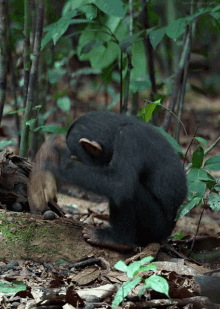

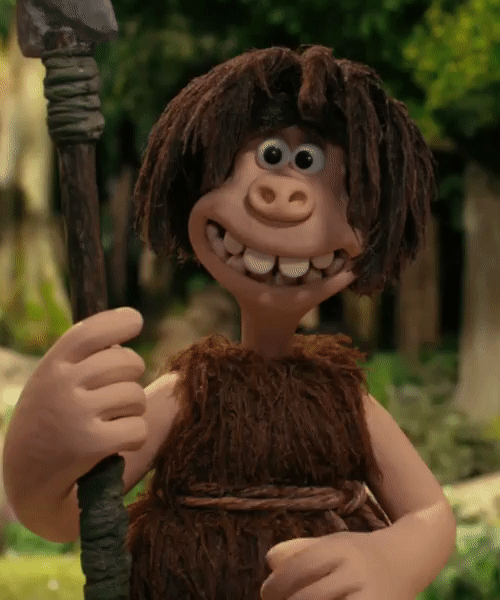
Comments
One response to “Where Did We Come From? Part Two”
[…] PART TWO HERE […]
LikeLike